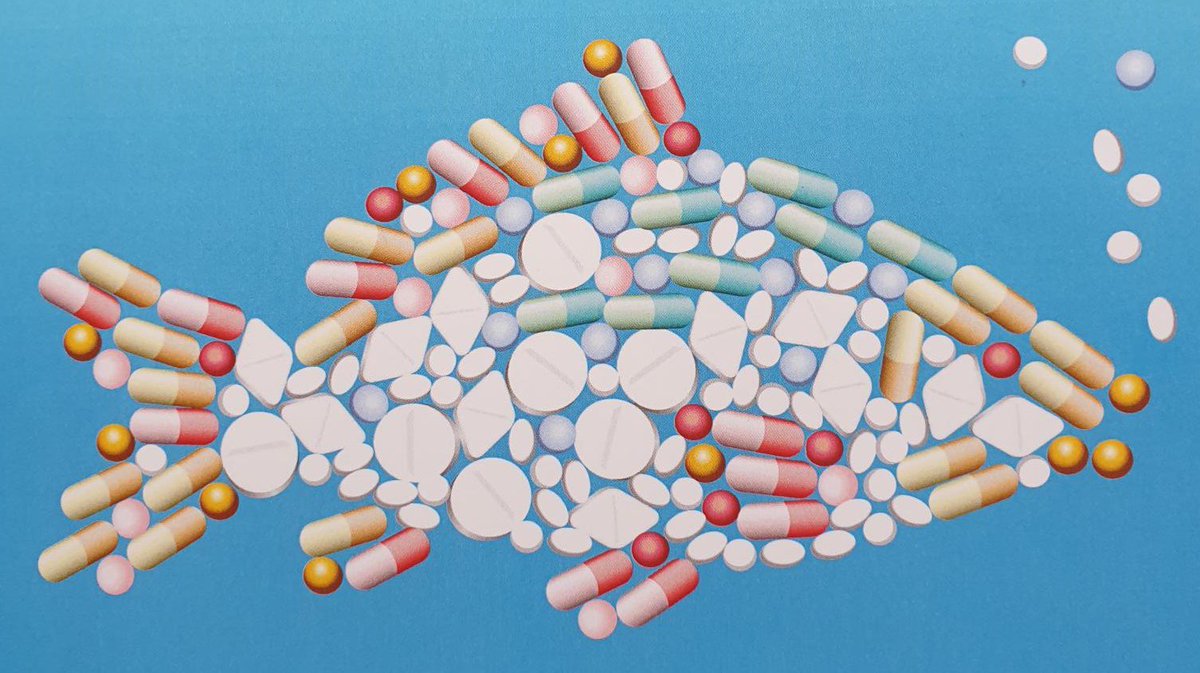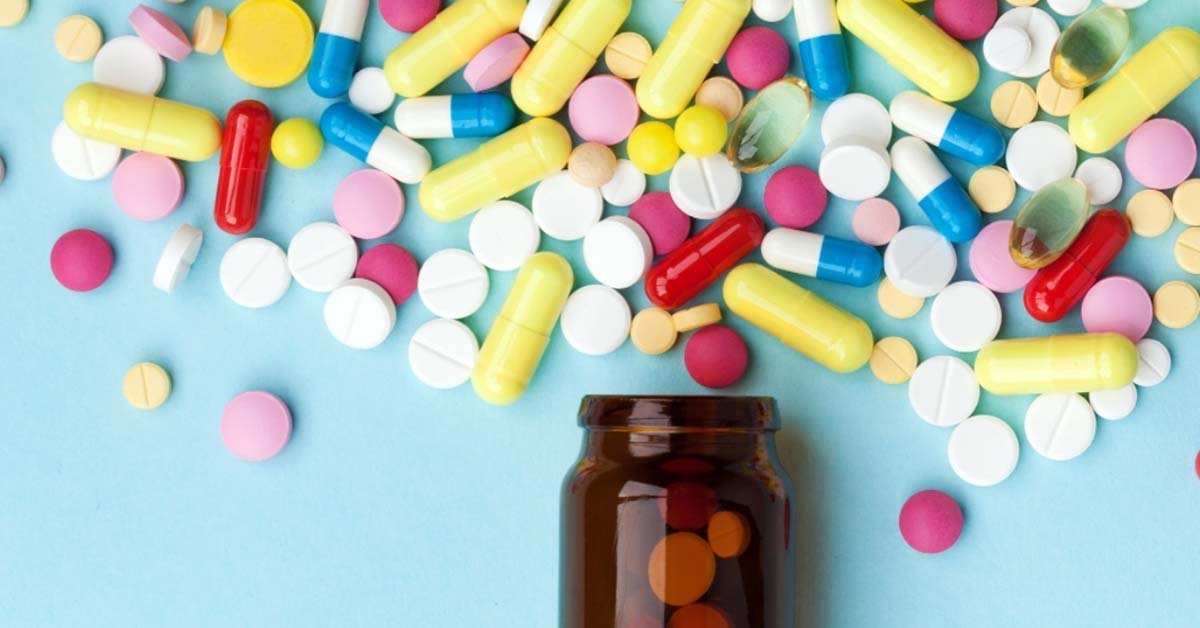Pharmaceuticals are drugs that are biologically potent chemicals, able to interact with specific agents targeted at a low concentration. These agents can be used worldwide for disease prevention and treatment. Some scientists believe that even their low environmental concentration can result in adverse effects on the wildlife. The rising apprehension about pharmaceutical leaching in the natural waterways (rivers, streams, and lakes) rose a question about their safety on aquatic life forms. Here is what these experts have to say about it.
It is vital to first know what is the current level of drugs present in the natural waterways? To estimate the level of pharmaceutical pollution, Health Harvard published the result of a U.S Geological Survey, in which 170,000 public water systems were monitored for approximately 80 detrimental substances. They found that 80% of the water samples collected from 30 states contained a measurable amount of one or two medications, the major drugs included antibiotics, antidepressants, blood thinners, heart medications, hormones, and painkillers. These pharmaceutical residues are a global concern (approximately 71 countries), according to a review.

The second important question is how do pharmaceuticals end up in natural waterways? The drugs get into the sewage system by the excreted out contents of the body that are only partly absorbed are the rest is eliminated. Another reason why they end up in sewage is because of the improper disposal and flushing of medications in the toilet. Pharmaceuticals can filter out natural water reservoirs from agriculture as drugs like antibiotics and hormones are commonly used on livestock and crops. The pharmaceutical factories can dump their treated and untreated waste into the water bodies nearly, as one such example is the high levels of antibiotics in the pharmaceutical factory in India.
Now the question is, what effect does this leaching of drugs into waterbodies have on Aquatic life forms? The exact answer is unknown due to insignificant data availability. Drug (like diclofenac) contamination has proved to be toxic to the wildlife in the past, they can damage renal and gastrointestinal organs in the fish, thereby killing them. But the lab-based experiments can never define the real environment-based effects fully, elaborated Dr. Nunes, an expert from the University of Aveiro in Toxicology. As many drugs can interact with different substances present in the surroundings and compromise normal physiological features of the aquatic species, even at lower concentrations. Dr. Mike Grace, an expert from Monash University in Environmental Sciences added to the information by saying cautioning about the danger of alarming levels of drugs in the water reservoirs can induce sub-lethal effects in aquatic organisms and ecosystem by affecting essential processes like photosynthesis and nutrient cycling. Ecosystem Disruptors, “drugs at the concentration, observed in the waterways worldwide” contain estrogen that has disrupted the normal male to female ratio of some fish species by feminizing male fish and causing population collapse.
Though Dr. Grace concluded that the levels of pharmaceutical drugs aren’t dangerous to humans for touching or drinking and higher concentrations are needed to cause a notable side effect in humans.
Keywords:
Water pollution, aquatic pollution, pharmaceutical pollution, pharmaceutical waters, aquatic life.

COMMENTS